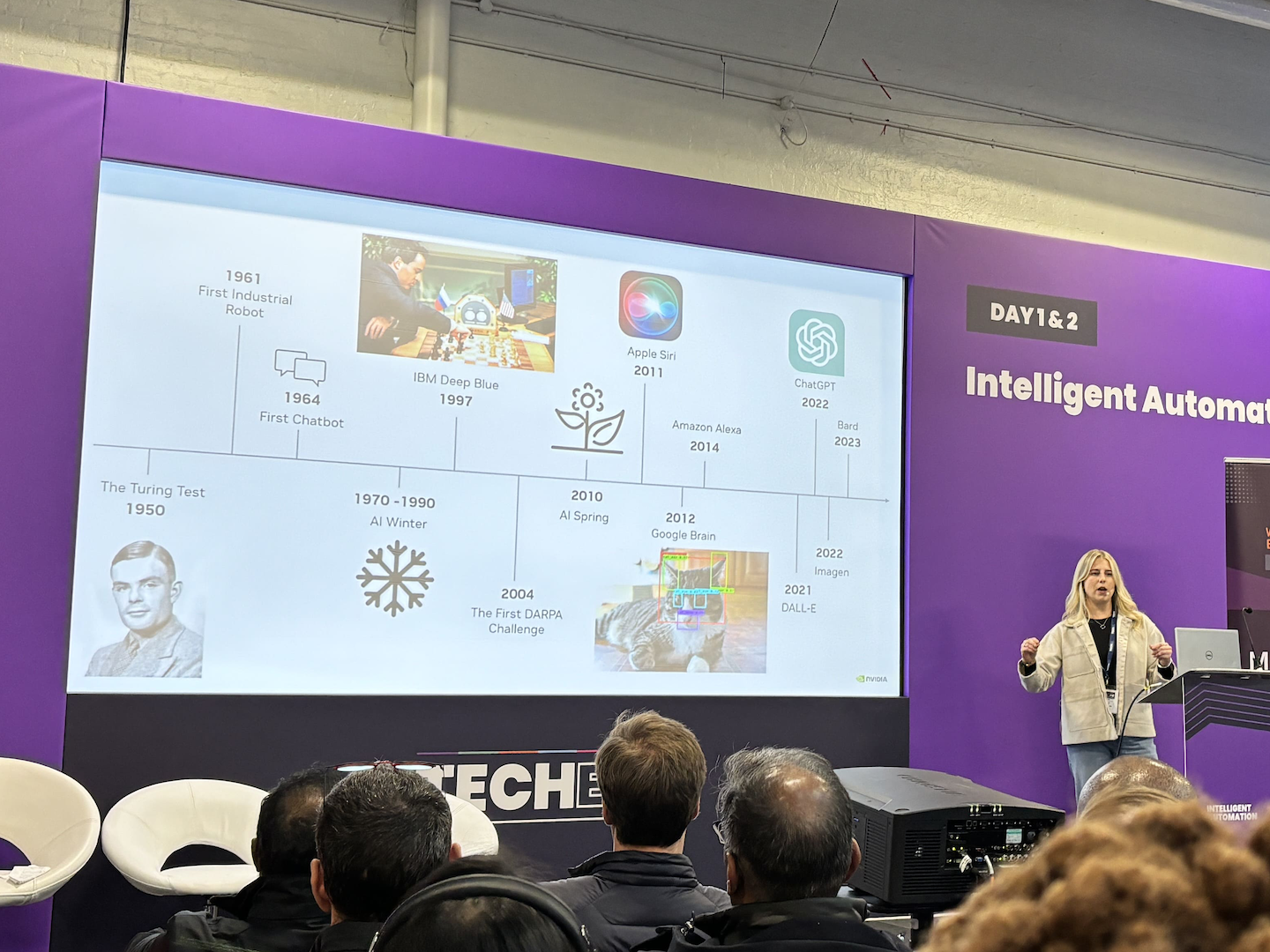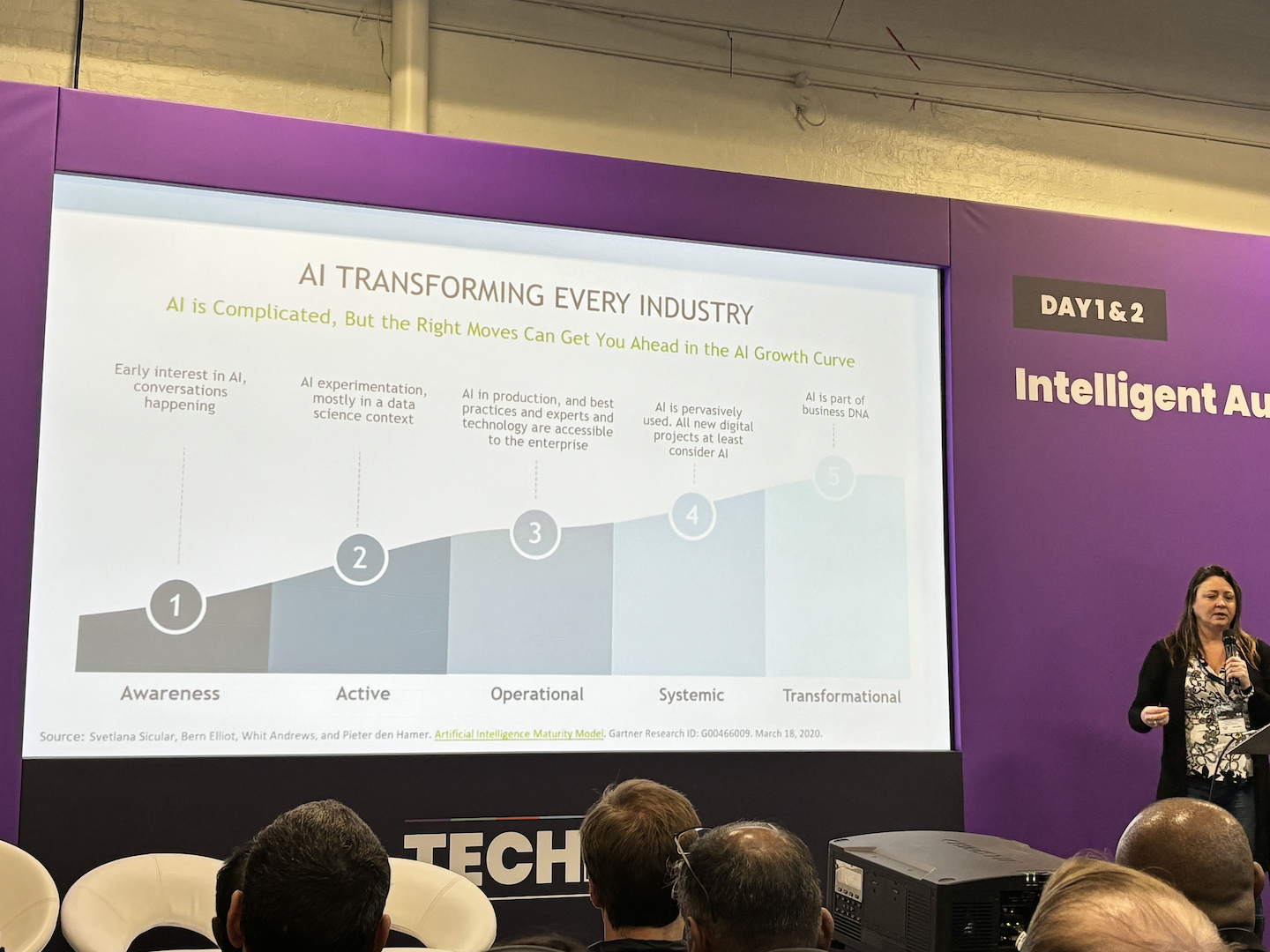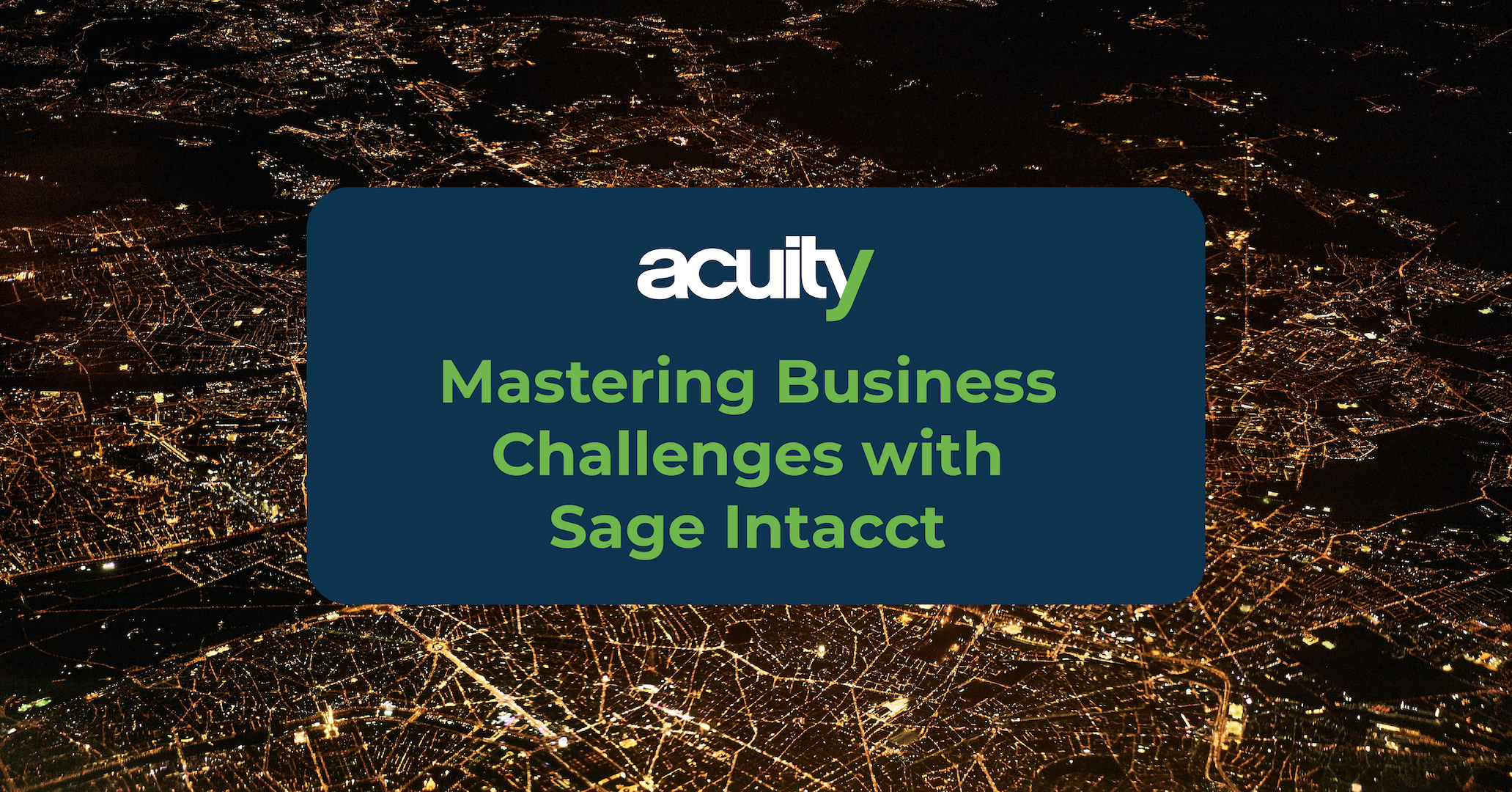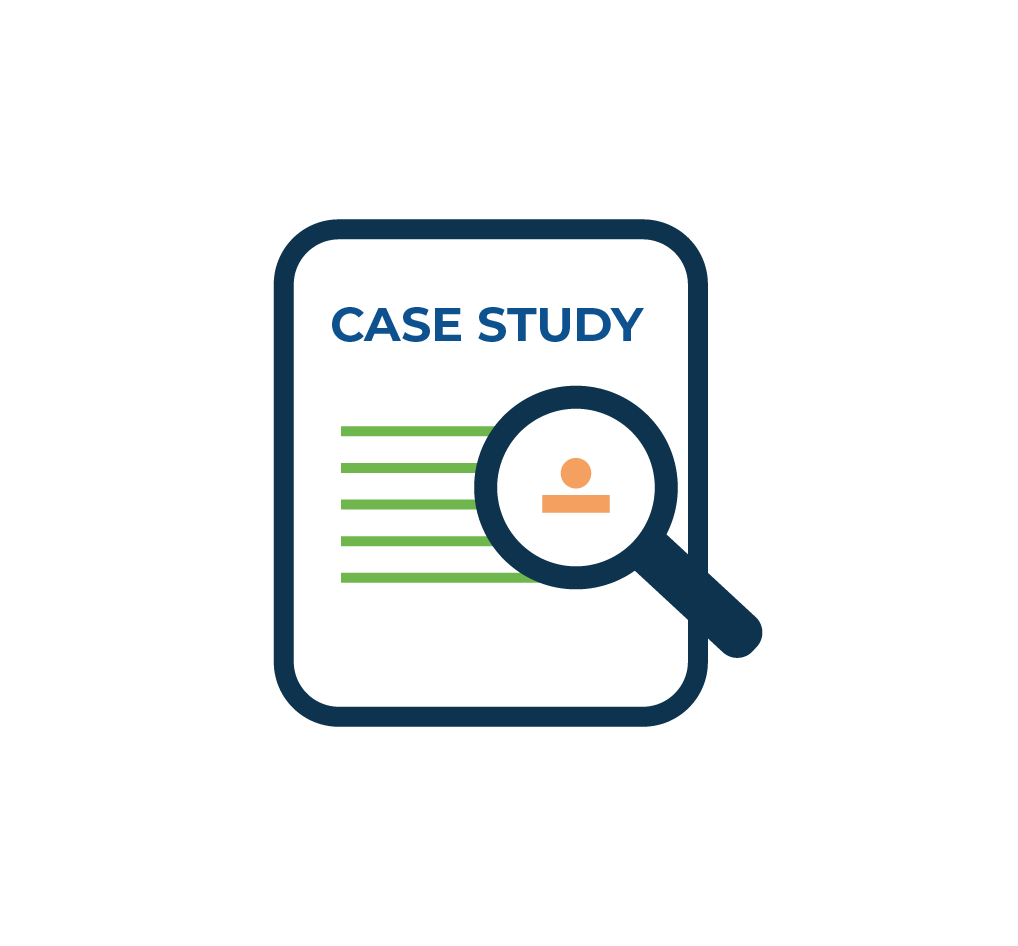
Armand Angeli, DFCG VP, highlighted the pivotal role of automation in accountancy tasks, asserting that CFOs are at the forefront of interest in automated systems. Contrary to the misconception of job displacement, automation aims to give back valuable hours to the business.
The emphasis was on collaboration, with people working alongside automation tools to ensure business compliance and foster a positive work environment. It was stressed that there is a need to be intelligent about automation, citing the importance of AI, Big Data, and APIs in the process. He pointed out that successful automation often involves integrating Enterprise Resource Planning (ERP) systems with Robotic Process Automation (RPA) tools. However, we need to be cautious since the journey requires careful consideration of time and costs, linked to the potential impact on the quality of automation.
Aaron Harris, Sage’s CTO, was interviewed about impact on AI within Sage world. When it comes to the impact generative AI will have on the future of accounting, he believes the Newcastle-based software giant is developing products to back this vision.
“Generative AI not only offers the ability to analyse information much faster and more efficiently but being able to use natural language reimagines the way that users can interact with software,” Harris told AccountingWEB from his home in Texas.
“It’s our ambition to eliminate the monthly close and bring about a world where all data is real-time and reliable, and generative AI is the last piece in the puzzle,” he continued. “The accounting industry is stuck in cycles of tax filing or month end close, which happen too far after the event to be useful and are far too time-consuming.”
To achieve this ambitious goal, the Newcastle software giant is leaning heavily on ‘reusable’ AI capabilities such as a new digital assistant and a recently developed inbox tool.
(View Source here.)

Leaders in automation software, according to Angeli, include UIPath and Microsoft. He underscored the significance of being prepared for challenges, with a focus on support, training resources, security, and audit processes. He concluded that while full process automation may not be feasible, automating several tasks of a larger process can lead to significant improvements in efficiency.
Nico Celaj, Head of Innovation at DBS, shed light on the challenges of automating public services, emphasising the importance of transparency, accountability, and bias mitigation in decision-making processes. He highlighted the need to enhance customer service rather than replacing human roles and stressed that automation may not always be the solution in the public sector due to legacy systems and non-digital processes. Praveen Tomar, Head of Process Digitisation at Ofgem – a UK government department, shared the passion for bringing true value to taxpayers. He highlighted the role of RPA tools like UIPath and Microsoft Power Automate in automating screen tasks, underlining that ROI extends beyond cost reduction to include risk mitigation, resource dependency reduction, and improved employee satisfaction.
“It is a necessity to onboard automation to stay competitive in the business and the current market,” said Vladimiro Ferreira, Head of IT at SEG Automotive. The evolution of automation technologies over the past two decades was significant, including robots, LLM, computer vision, and camera recognition. It is now a mix of mature technologies, which are available at a low cost for every company or individual. Although it is key to note the importance of data governance, Ferreira urged businesses to fix processes before automation and provided insights into selecting and assessing which processes within the business will benefit more from automation.
The budget responsibility for automating processes is shifting from IT departments to individual departments. Each department can, and should, look into its internal processes, weigh the benefits and drawbacks, and onboard AI and automation to speed up and improve the quality of outputs. The importance of a low technical background compensated with AI was also emphasised, showcasing Open AI/ChatGPT’s role in generating documentation and integrations and its significant impact on business processes, development speed, security, and knowledge base.

Maaike Van Den Branden discussed the shift in skills demand with AI, emphasising the role of engineers and the need for prompting skills (view some OpenAI prompting suggestions here)
She differentiated between Automation and AI, noting that employees often had issues with automation rather than AI, mostly due to bad process design.
AI refers to the capability of machines to imitate intelligent human behaviour, enabling them to learn, adapt, and perform tasks that typically require human intelligence. Automation, on the other hand, involves the use of technology to perform specific tasks without human intervention. While automation can be rule-based and repetitive, AI often involves more complex decision-making processes and the ability to handle unstructured data. In essence, AI represents a broader spectrum of intelligent capabilities, while automation focuses on streamlining and mechanising specific processes.

In the AI & Big Data stream, Robert Barbaro focused on the challenge of identifying processes for automation and the importance of understanding processes and values before onboarding AI. Collaboration between teams and resource availability were highlighted, with a caution on the risk of data saturation without the right skills for evaluation.
During the implementation of AI, the right people need to be included, not only from the technical and process design perspective but also to ensure the output is as expected and valid. We all know that AI can make mistakes, but these can be easily mitigated if the individuals part of the project team have the right skill set for each one of the implementation phases.
Change management and policies are required when implementing AI or Automations. People are used to doing things the way they do, and they tend to get anxious not knowing the new processes. Concise common goals and transparency, demonstrating the value to the business. Legacy people must be part of the solution implementation to understand what is being done; it will set them to onboard the automated solution. People tend to adapt as soon as they see their job position is not at risk, understanding the value added to the business.

During the conference, it was emphasised the industry’s shift from rule-based to AI-based programs in software development. Huma Lodhi from Sky, highlighted the use of AI in insurance processes is key to avoid human bias in decision-making.
Of course, AI and Intelligent Automation are mainly possible if the business processes are already digital and if the data is available for consumption. The better the dataset and the training, the better the result will be. The Digital Transformation stream covered a strategic API approach, emphasising the core role of IT in any business. Beth from Nvidia discussed the evolution of technology, comparing AI and Automation’s current stage with the three big inventions: PC, Internet and Mobile. According to her, it is the right moment to get onboard since there is availability of resources, data, and hype – these three elements provide a good justification and background for investment/budget decisions on this matter.
To note that the automation of processes and systems is a continuous process that can and should be improved with business growth and aging. Remember that we are automating human thinking, and in a business, knowledge tends to increase with time and scenarios/challenges. We should not see AI and Automations as a short-term project where after the go-live the implementation team is disbanded.

As a wrap-up, TechEx 2023 provided a comprehensive view of the current state and future trajectory of AI and Automation. The consensus among speakers was clear: automation is not about job replacement but about working intelligently with technology to enhance business processes, reduce costs, and create a positive impact on employee satisfaction. As we navigate the future, the key lies in understanding the nuances of AI, automation, and their integration into our business strategies.
At Acuity Solutions, we are implementing automations and leveraging processes with AI, both internally and for our clients. If you have any interest in this subject and how you can optimise your systems and processes with automation, please get in touch. We have the expertise you need.
Get in Touch




